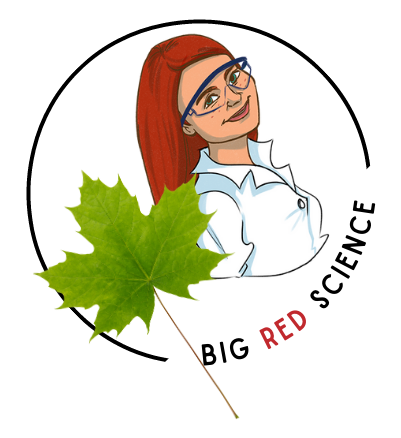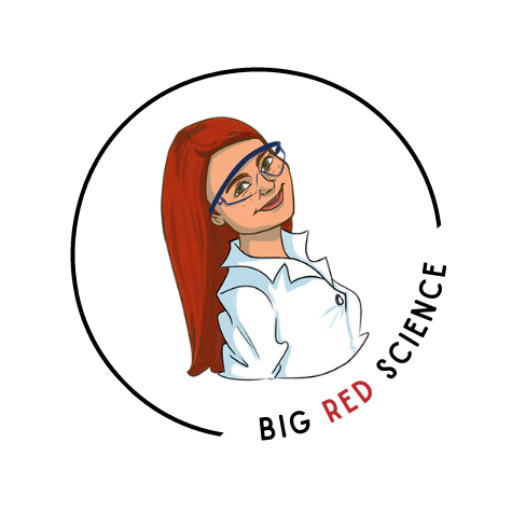
We hear it all the time: relationships are key to a smooth school year.
Good relationships mean that we have fewer classroom management issues, a more positive classroom environment, and ultimately a higher level of learning. Students will learn more from people they like and trust.
I like to use something in my high school and middle school math and science classes that a lot of other people think is a waste of time.
I’ve received skeptical looks or polite nods as if to say, “Mmm hmm that’s nice but I have to get through a lot of content.”
I’m talking about journaling.
Aren’t journals for younger students who are practicing writing?
Journaling is not something that is only useful for elementary school students. I’ve used it all kinds of classes from seventh grade math to twelfth grade biology.
I love it!
First of all, I think we can all agree that strong literacy skills are essential in life. So these skills should not only be emphasized in English class!
Not only will an increase in written communication in Science and Math class continue to hone the literacy skills of students, but frequent reflection and documentation will allow both student and teacher to become aware of the student’s strengths, (mis)conceptions of topics, and learning preferences.
I was really intrigued by this topic in my teacher education program, and I wrote a paper that outlined this article. I’ll rehash it here for you and explain how I implement journaling.
So how does it work?
Every student has a journal. It’s not going to be marked, but it’s going to be read by me. I typically give a prompt about once a week, but it’s super flexible. With my boisterous seventh graders, I used journaling as a bell ringer that (as a bonus!) served to calm down the class as soon as they came in. In my older grades, I often use it as an exit ticket activity. Again: it’s super flexible.
I give a prompt, and students respond in their journals in the form of 1 – 2 paragraphs. They can add doodles or diagrams if they want. The prompts vary from personal topics (i.e. How did you study for this test?) to scientific or mathematical explanations (i.e. Explain in words how to find the vertex when given a quadratic equation in standard form). Sometimes we’ll watch a YouTube video and they’ll record their impressions in their journal. Variation in prompts encourages students to reflect on their own learning and also shows them the value of writing.
This next part is important…are you ready?
Journaling is an interactive process.
This means that I respond to their writing.
Not every single time, for every single student – that might end up being too much work. But if a student writes something interesting or something that warrants a response, I write them back. It’s like old-school note-passing! At the very least I always respond with a sticker or happy face to show that I’ve read it.
Also, sometimes reading journals alerts me to a misconception that I need to follow up on, either individually or with the class as a whole. Journaling allows teachers to be tuned into the thoughts of their students and it also allows students to think about their thinking in a way that they wouldn’t necessarily do otherwise.
But how does journaling reallllly benefit students?
This interaction establishes a teacher-student relationship where there is mutual sharing. You’ll likely see that while students will initially be writing simply to respond to your prompts, students’ reasons for writing will expand to include writing to report (i.e. writing something they want you to know), writing to reflect (i.e. writing about something that they are unsure about), and writing to relate (i.e. writing with the intent to affect the student-teacher relationship).
Journaling is powerful. It can be used to establish a routine, to gain insight into your students, and to allow them to reflect authentically in a way that doesn’t happen when it’s a one-off activity. And it’s so easy.
Give it a try!
Scientifically yours,
Mo
Interested in weekly science teaching tips? Click here!
Interested in other blog posts? Check out:
Using YouTube for an Alternative Bell Ringer
My Top 5 Movies for the Science Classroom
My Favorite Way to Start the Science School Year
My Favorite Way to Review Vocabulary in High School Science
An Unexpected Way to Foster Positivity in the Classroom
March Mammal Madness: What’s all the hype about?
The Top 23 Teaching Interview Questions
Using Case Studies in the Science Classroom



